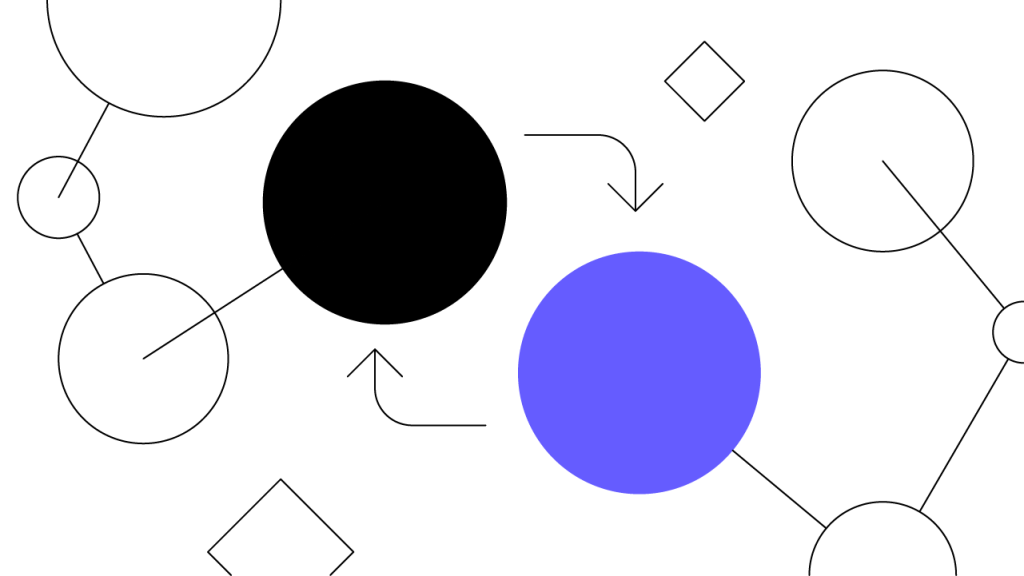Contents
Token Migrations: From Renting to Owning
When a token project transitions from one blockchain to another, it must also move its tokens to the new chain. This is called a token migration.

Summary
During the 2017 Initial Coin Offering (ICO) boom, many blockchain projects raised funds by issuing tokens on the Ethereum blockchain and other third-party smart contract platforms. Some of these projects later created their own blockchains and thus needed to transfer investors’ tokens from the third-party platforms to their own chains. This process is referred to as a token migration. Token migrations may also occur for other reasons, such as migrating tokens from one third-party blockchain to another for technical or financial reasons.
What Is a Token Migration?
Blockchain projects often begin their lives as that promise innovative technologies to follow at a later date. The journey from design paper to real product often takes many twists and turns and sometimes projects change their plans in fundamental ways — like choosing to move to an entirely different blockchain.
In these cases, projects may require investors to participate in a cryptocurrency or . Also called a , the process involves transmitting a token holder’s balance on one blockchain to another blockchain.
Why Do Projects Conduct Blockchain Migrations?
Token migrations first became common in 2018, after the height of the boom of 2017 to 2018. An ICO is a fundraising technique in which a project creates a token that can be purchased by people who want to invest in the project’s future technologies, which are typically outlined in a whitepaper. In 2018, most projects that carried out ICOs conducted them on the using . Some of these projects promised that the tokens investors purchased could be used in their future technologies, including blockchains that they intended to build. As a result, when projects eventually launched their own blockchains, they needed a way to move investors’ tokens from Ethereum to their own chains. This is akin to moving from a house you rent temporarily into a house you plan to own for the long term. Enter the token migration.
Notable Examples of Blockchain Migrations
Notable projects that have completed migrations from Ethereum to their own proprietary chains include: , , , , and . Token swaps also occur when a project moves off of another third-party smart contract platform onto its own blockchain. For example, , which was originally a NEP-5 token on the , migrated to its own blockchain in 2018.
Token migrations can also be conducted between two different third-party blockchains. For example, in 2020, Kin initiated a migration of its ERC-20 Kin token from Ethereum to the . As the smart contract platform landscape becomes increasingly diverse — and smart contract platforms continue to compete with one another on cost, features, and more — some experts predict an uptick in migrations from Ethereum to other smart contract platforms such as Solana, , , , and others.
How To Prepare for a Coin or Token Migration
The process of migrating tokens varies by project. If you , you may be required to initiate the migration yourself. This usually doesn’t mean that you need to understand the intricacies of coding, however. Most projects create tools that connect to your and allow you to migrate your tokens with a few clicks. Other projects have previously taken of all token holders’ balances on a certain date and distributed replacement tokens on the succeeding chain accordingly, without requiring much or any active participation from the users eligible to receive the distribution.
If you keep your tokens on an , that exchange will likely handle the token migration process on your behalf, especially if the exchange is a large, established player in the crypto sector. However, this is not always the case, so you should check with both the project conducting the migration and your exchange to ensure that the exchange is participating in the migration.
Additionally, some projects implement cut-off dates for token migrations, meaning that you would be unable to transfer your tokens after a certain date. In many cases, this would effectively render old tokens of little to no value after the cut-off date. Be sure to follow project updates to stay informed. With the growing push for blockchain interoperability and compatibility, it is probable that token migrations — and tokens that can function on multiple chains — will continue to evolve and gain acceptance within the burgeoning blockchain ecosystem.

Author
Is this article helpful?
